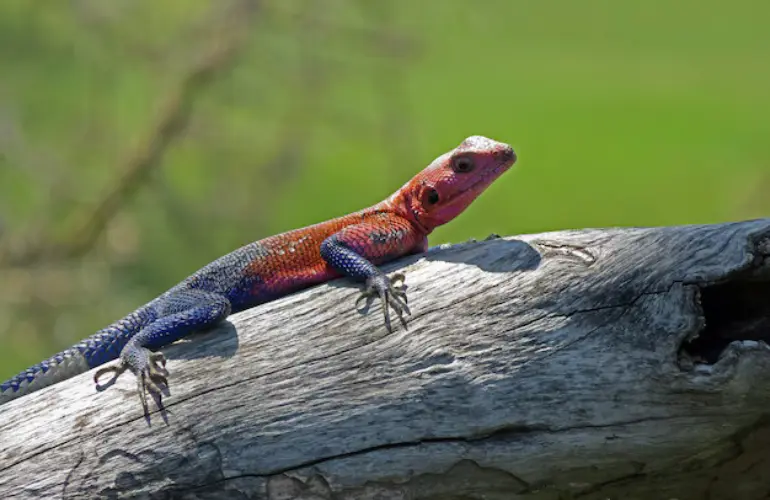Costa Rica is renowned for its incredible variety of wildlife, making it a paradise for nature enthusiasts. This stunning country, nestled between the Pacific Ocean and the Caribbean Sea, boasts diverse ecosystems ranging from lush rain forests to dry tropical forests. Its rich biodiversity of costa rica animals means there’s always something exciting to discover, whether you’re exploring the dense jungle or the coastal regions.
When visiting Costa Rica, keep an eye out for eight remarkable animals that showcase the country’s unique wildlife. From the vibrant toucan and elusive jaguar to the playful monkey and the rare sea turtle, each species offers a glimpse into the country’s rich natural heritage. Interestingly, the beauty of Costa Rica’s wildlife is often compared to the delicate charm of a Japanese flower. To enhance your chances of spotting these fascinating creatures, consider guided tours, early morning excursions, and exploring both popular and off-the-beaten-path locations.
Sloths
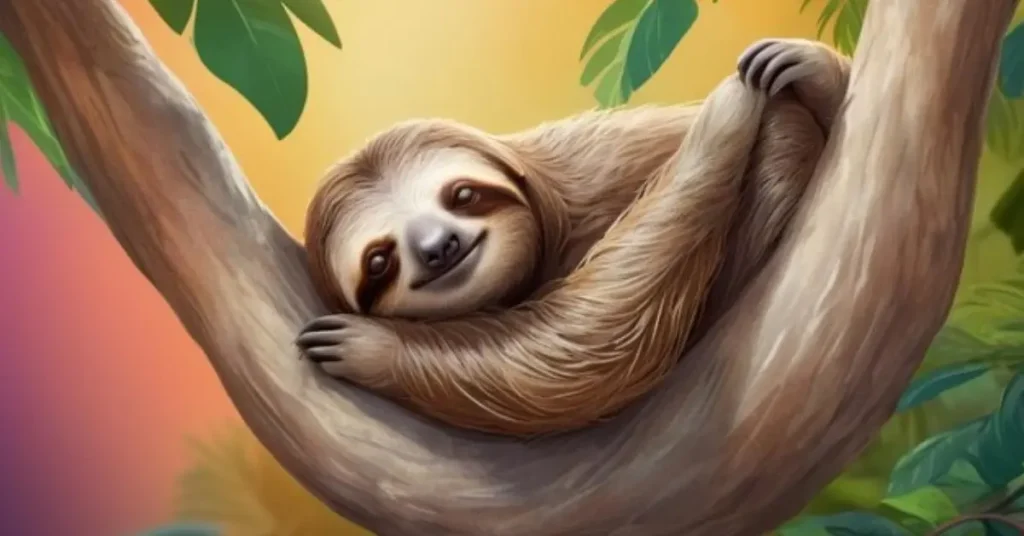
Sloths are some of the most well-known animals in Costa Rica. They move slowly & are pretty chill, which makes them a favorite among tourists. You can spot two main types: the two-toed sloth & the three-toed version. They love hanging out in trees, especially in popular parks like Manuel Antonio and Tortuguero. If you want to see one, just look up or listen closely for their unique sounds! For more tips on where to see these amazing creatures, visit.
Howler Monkeys
These monkeys are super loud! Howler monkeys live in Costa Rica’s rainforests & they’re known for their deep calls that echo for miles around. Typically found in groups, you can see them high up in trees at places like Corcovado National Park or Monteverde Cloud Forest Reserve. Their black fur & long tails make them easy to recognize, too!

Resplendent Quetzal
Wow, have you ever seen a bird so beautiful? The resplendent quetzal is truly stunning with its bright green & red feathers plus long tail feathers that flow like ribbons. This bird represents freedom & beauty across Central America. Head over to Monteverde or Savegre Valley if you want to catch a glimpse—early mornings or late afternoons are best!
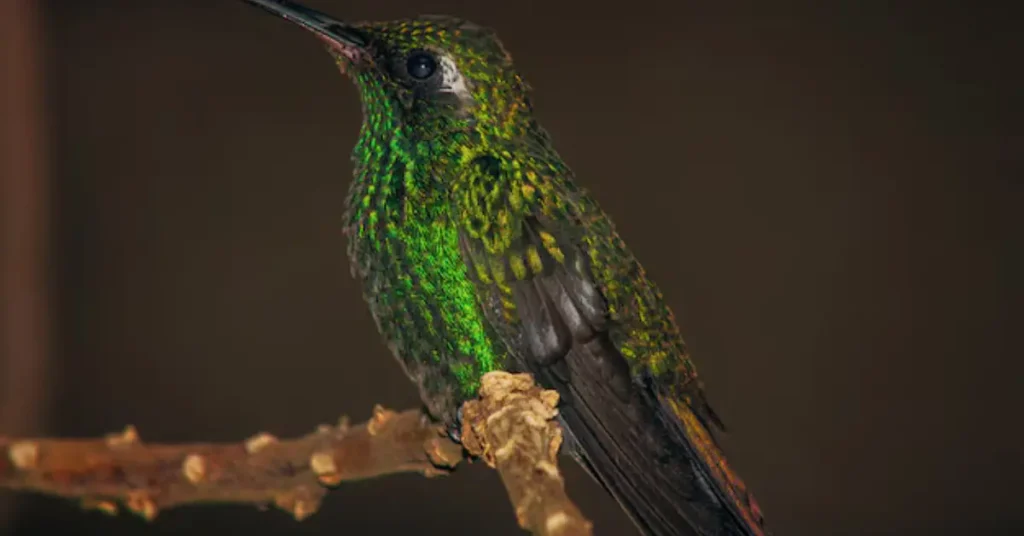
Green Sea Turtle
If you visit the beaches here, keep an eye out for green sea turtles! These majestic animals come ashore to lay eggs on Turtle beaches like Tortuguero or Playa Grande from July through October. If you’re lucky, join a guided tour and watch the amazing nesting process or even see baby turtles scurrying into the ocean!
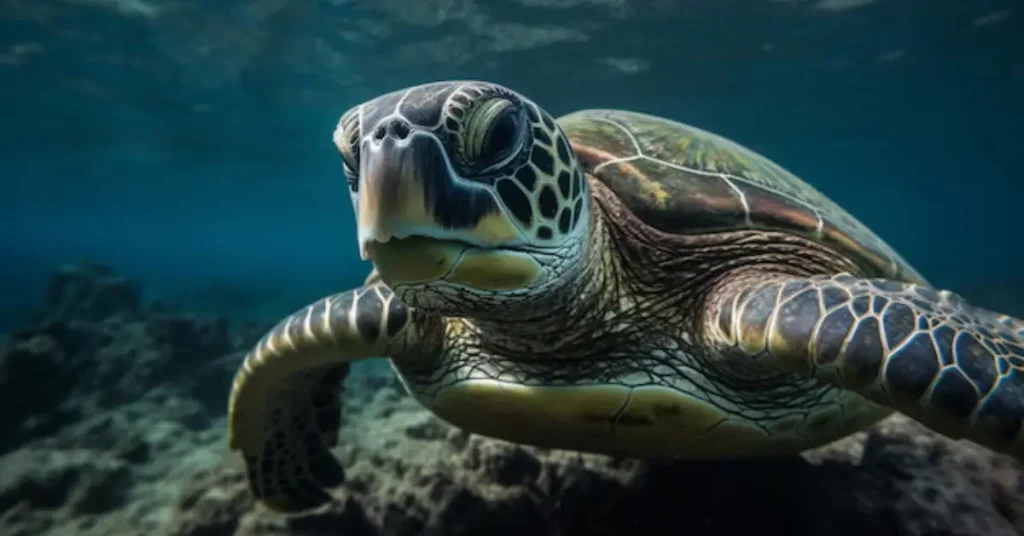
Poison Dart Frogs
Don’t miss these tiny yet colorful creatures! Poison dart frogs have bright colors that warn predators about their toxins. You can find these little guys in lowland rainforests, especially in places like Osa Peninsula and La Selva Biological Station. Even though they’re small, their vibrant colors really stand out against the greenery.

Scarlet Macaw
Look up when you’re exploring! Scarlet macaws are vivid birds with eye-catching red, blue, and yellow feathers. You usually spot them in pairs or small groups—plus they make quite a noise! Head to Osa Peninsula or Carara National Park for the best chances of seeing these beautiful parrots; they’re especially active during early morning hours and late afternoons.
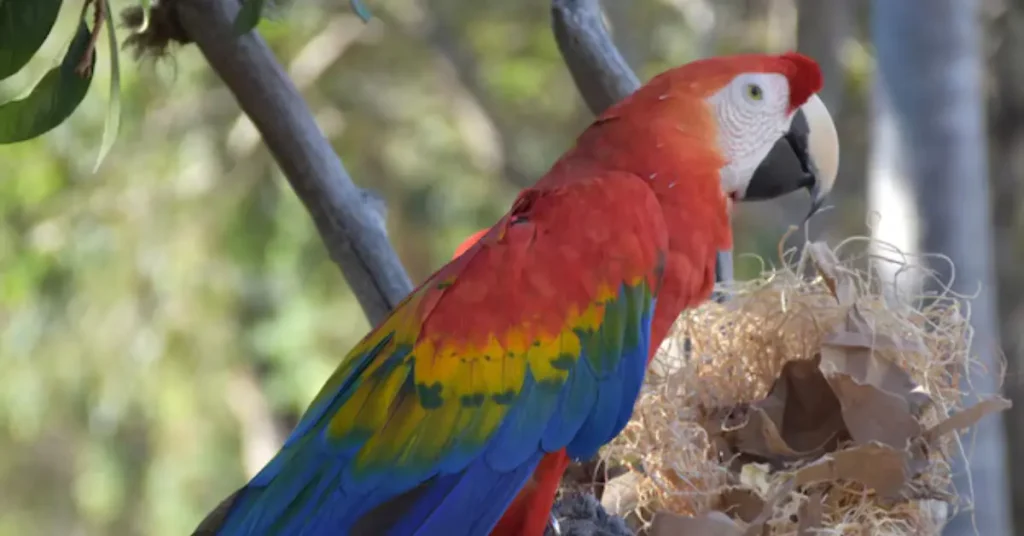
Jaguar
Ah, the elusive jaguar! If you’re patient & lucky, spotting one of these big cats can be an unforgettable experience! Jaguars tend to be more active at night—so they’re not easy to find during daylight hours. However, check out Corcovado National Park or Tortuguero National Park where they like to roam among dense forests near water.
Baselisk Lizard
Ever heard of the “Jesus Christ lizard”? That’s what people call the baselisk lizard because it can actually run on water! These fascinating lizards , one of the unique Costa Rica animals,hang out near water sources and in tropical rainforests across Costa Rica. Their cool running skill draws a lot of attention from wildlife enthusiasts.
How to Spot Animals in Costa Rica?
Spotting wildlife takes some patience & keen eyes! Early mornings and late afternoons work best because many animals are more active when it’s cooler outside. You might want to join guided tours since local guides know just where to look.
National costa rica animals :
Costa Rica has some national animals too! The White-tailed Deer can be seen in numerous parks—it represents the country’s wildlife legacy well! Plus, there’s the Clay-colored Thrush—also called “Yigüirro,” it’s known as the national bird & sings beautifully all over costa rica animals .
Where to See the Most Wildlife in Costa Rica?
For great animal encounters, visit national parks like Corcovado National Park, Manuel Antonio National Park, and Tortuguero National Park—they’re full of various habitats that support many species!
Animals in Costa Rica Rainforest
The rain forests here are buzzing with life! You could see all sorts of animals—from colorful poison dart frogs to secretive jaguars—making it a hotspot for amazing wildlife experiences. The trails at locations like La Selva Biological Station & Monteverde Cloud Forest Reserve offer fantastic opportunities too!
Exploring all these ecosystems lets you soak up rich biodiversity while searching for those Top 8 Animals mentioned above!
Conclusion
The combination of habitats in costa rica animals is probably as favorable for observing some of the most unique animals of the world as one can imagine. Taking into consideration Brazil, and the habitats it has got to present it certainly is filling the equal position as to presenting the amazing animals as the object of the travel tour, such as an impressive toucan or a rare jaguar. It is this sight that helps tourists who are likely to see these creatures if they engage in morning walks, guided tours as well as adopting an explorative form of tourism. Regardless if you are an experienced wildlife tourist or just a traveler who goes with an open mouth, Costa Rica will not fail to impress you with its indigenous animals.

